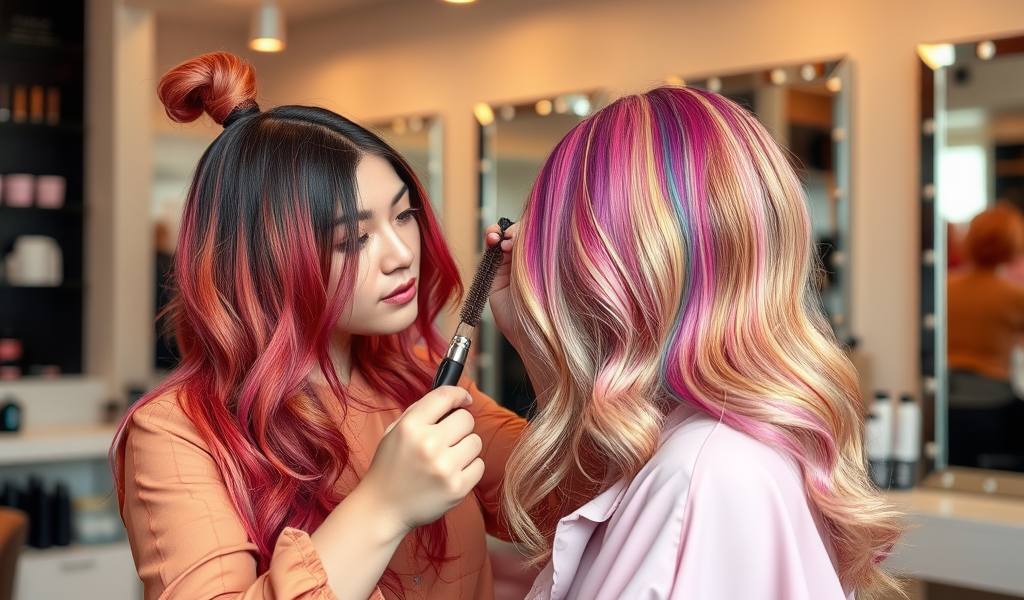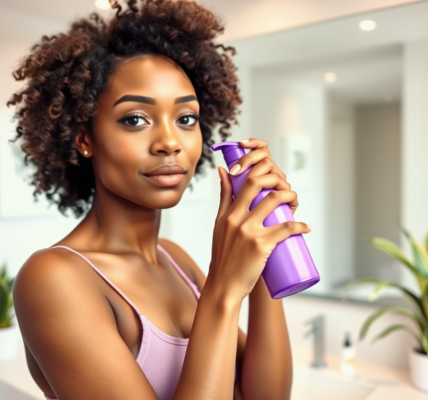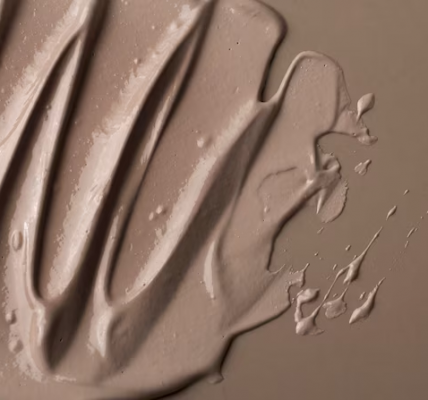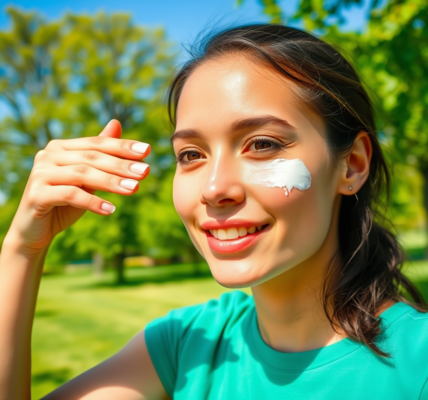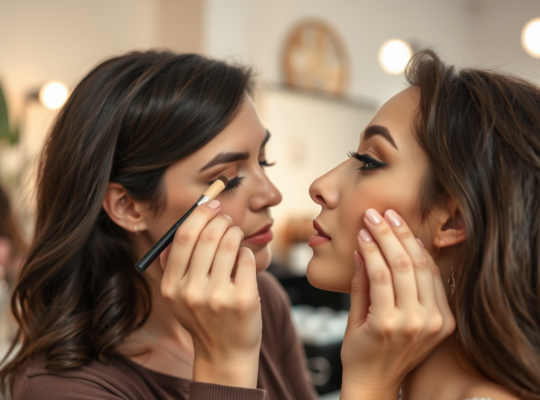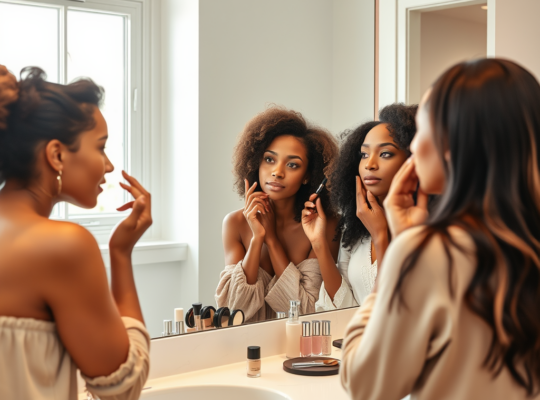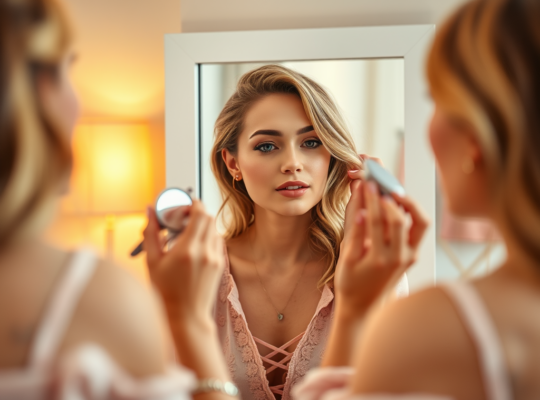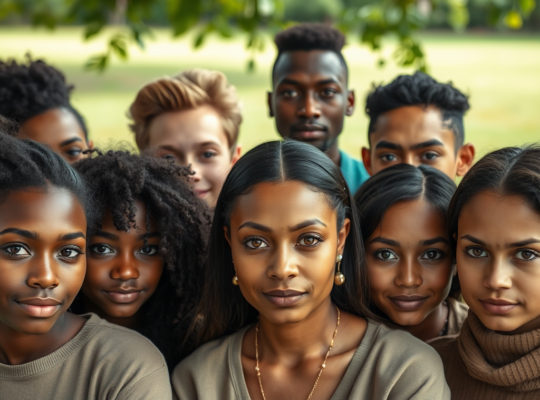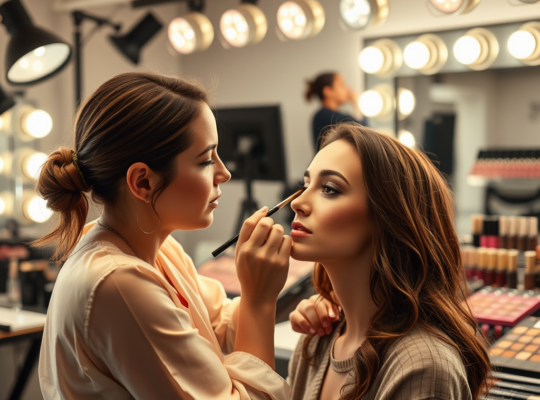The journey to achieving that perfect hair color can often seem complicated, but it all begins at home with the right preparatory steps. Understanding the importance of momentary hair regimens not only elevates the quality of your coloring experience but also ensures that your hair remains healthy and vibrant after the transformation. Many individuals overlook the significance of these preparatory routines, possibly leading to disappointing results or damage to their strands. By emphasizing the essential practices in a momentary hair regimen, you can maximize the effectiveness of your hair color treatment and maintain your hair’s integrity. This article will detail the essence of momentary hair regimens, the correct steps to take before coloring your hair, and the common pitfalls to avoid. So, let’s dive into the truth behind these essential hair care rituals.
What Are Momentary Hair Regimens?

Momentary hair regimens are short-term hair care routines specifically designed to prepare your hair before applying color. These regimens are paramount because they contribute to the overall health and appearance of your hair. The steps involved typically focus on conditioning, moisturizing, and improving the hair’s strength, which leads to better color application and longevity. By taking a proactive approach, you can help your hair absorb color more effectively, ensuring that the vibrancy of the shade lasts. In essence, a momentary hair regimen can be the difference between dull, lifeless hair and a gorgeous, salon-worthy mane. Let’s explore the common elements found in these preparations.
- Deep conditioning treatments that nourish the hair from within.
- Protein masks that fortify the hair structure.
- Scalp care treatments to promote healthy hair growth.
Why Preparing Your Hair is Crucial
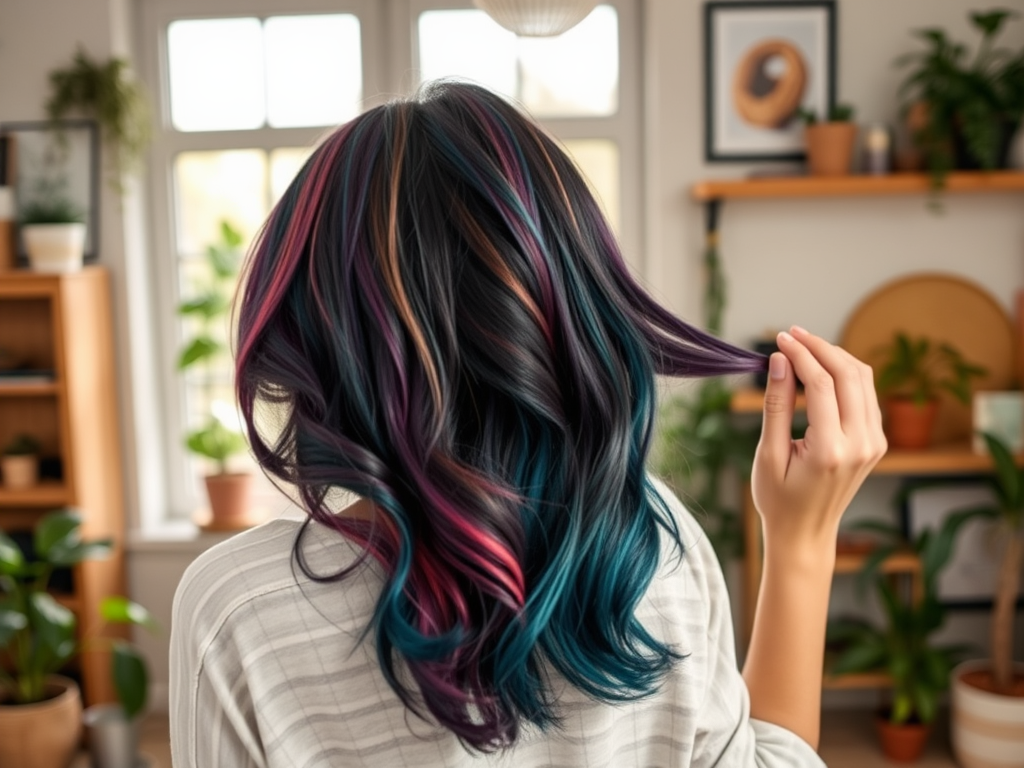
Preparing your hair before coloring is a vital step that cannot be neglected, as it plays a fundamental role in enhancing the end results. When hair is properly conditioned and nourished, it allows for better color absorption, making the shades appear more radiant and true. Furthermore, a good preparation routine increases the longevity of your hair color, meaning fewer trips to the salon for touch-ups. This not only saves time but also minimizes potential damage that can arise from frequent coloring procedures. Additionally, proper preparation can help in reducing hair breakage and maintaining its overall health, so you can confidently flaunt your beautiful new color. Overall, the benefits of hair preparation are significant and far-reaching.
- Enhanced color absorption leading to more vibrant results.
- Increased longevity of hair color, reducing the need for frequent touch-ups.
- Lower risk of damage and breakage, promoting healthier hair.
Key Steps in a Momentary Hair Regimen
When planning your momentary hair regimen, consider integrating the following essential steps into your routine. Each step serves a unique function that collectively contributes to the health and appearance of your hair before coloring. Begin with hydration to ensure that your strands do not come into the coloring process dry and brittle. Deeply hydrated hair will soak up the dye more effectively, leading to an even and mesmerizing color. Next, incorporating a protein treatment will rebuild the hair’s structure, fortifying it against any potential damage that color processing might cause. Lastly, do not overlook your scalp health; a nourished scalp can significantly enhance your coloring experience by facilitating better adherence and application of the dye.
| Step | Description | Frequency |
|---|---|---|
| Hydrate Your Hair | Use moisturizing shampoo and conditioner. | Every wash |
| Protein Treatment | Apply protein masks or conditioners. | Once a week |
| Scalp Care | Use exfoliants or soothing treatments. | Every other week |
What to Avoid Before Coloring
It’s just as crucial to know what to avoid before coloring your hair as it is to know the right steps to take. Certain practices can hinder your hair’s ability to absorb color effectively and may compromise the health of your strands. For instance, the overuse of styling products leads to product build-up, which creates a barrier for the dye, making it difficult for the color to penetrate the hair shaft. Additionally, frequent heat styling can strip moisture and weaken your hair, yielding less-than-ideal results post-coloring. Being mindful of these factors will contribute positively to your overall hair health and the success of your coloring appointment. Let’s delve into some of the common pitfalls to steer clear of.
- Excessive use of styling products leading to build-up.
- Frequent heat styling that damages hair.
- Skipping essential hair treatments during the regimen.
Conclusion
Investing time in a momentary hair regimen before coloring can lead to significant improvements in both the health and appearance of your hair. When you follow a structured routine that includes hydration, protein treatment, and scalp care, you set yourself up for a successful and vibrant coloring experience. Your efforts can result in salon-quality colors that last longer while minimizing risk. Remember to avoid practices that can hinder color application and hair health. With the right knowledge and preparation, you can transform your hair into a canvas for beautiful color. Prioritizing your hair’s health is essential, so embrace these pre-coloring rituals for stunning results every time!
Frequently Asked Questions
- Can I color my hair immediately after a momentary hair regimen? Yes, you can color your hair after completing a momentary hair regimen, but ensure you allow enough time for treatments to work effectively.
- How long should I follow a hair regimen before coloring? Ideally, start your regimen at least one week prior to coloring for optimal results.
- Are there specific products I should use for deep conditioning? Look for products that include natural oils, proteins, and hydrating ingredients like aloe vera.
- Will a momentary hair regimen help if my hair is damaged? Yes, a good hair regimen can help improve the condition of damaged hair, making it more resilient to coloring.
- Is it necessary to use a protein treatment? While it’s not strictly necessary, using a protein treatment can strengthen hair and improve the overall coloring process.
